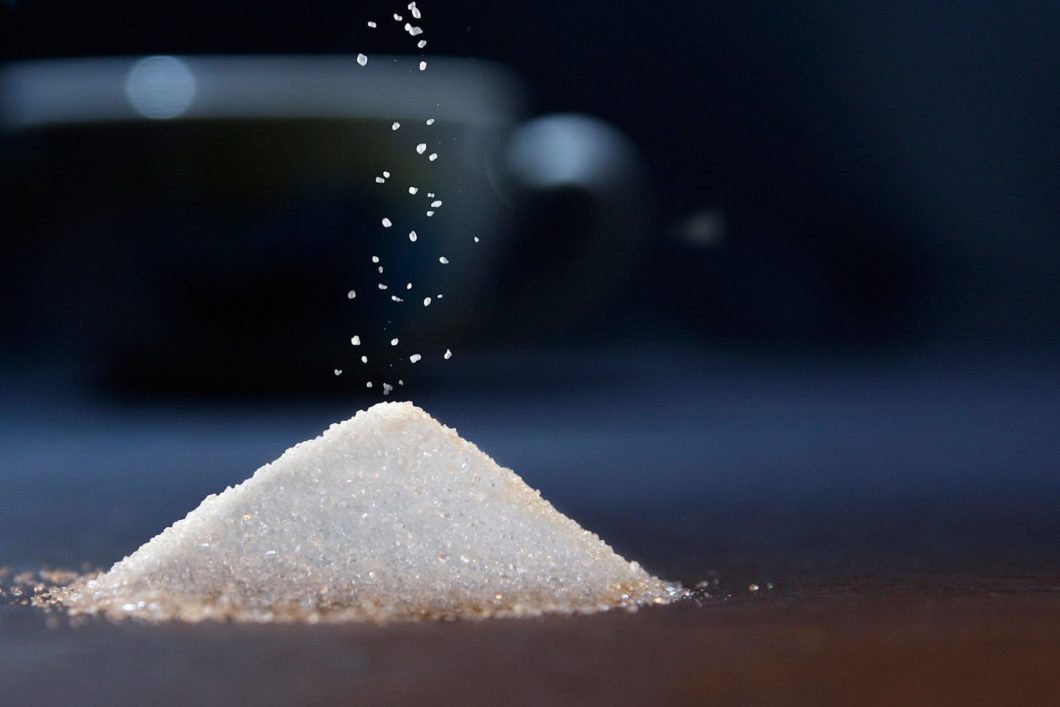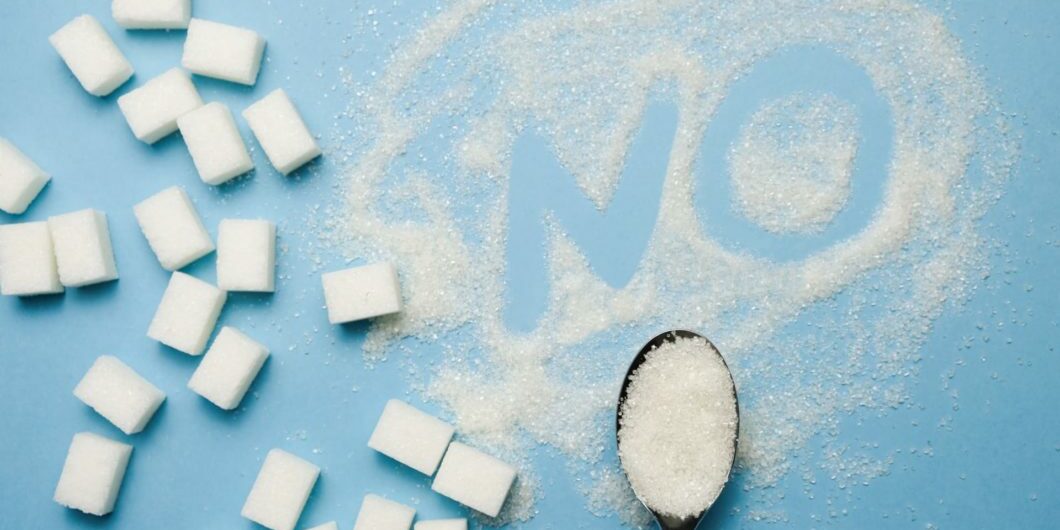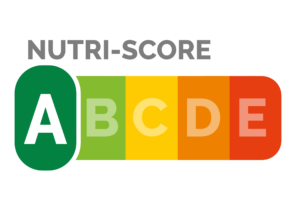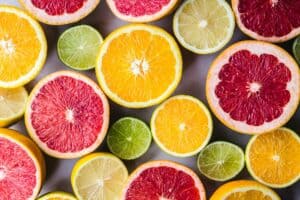Business development • Steviol glycosides must be labelled just like other ingredients. But it is important not to take liberties regarding words and graphics. The EU is clear on how you should label the sweetener steviol glycosides. All to create clarity for the consumer and minimize the risk of being misled.
Steviol glycosides are a relatively new ingredient in the EU. For the EU, it is important that labelling and marketing of a new and relatively unknown ingredient should not mislead consumers. What is the background to this and what are you not allowed to say? In this article, we take a closer look at the pitfalls that are easy to fall into when labelling and marketing steviol glycosides. That’s right – steviol glycosides, not stevia.
Background
In everyday speech, the term stevia is often used a little sloppy, when it is really steviol glycosides that people refer to. But this is not possible in a consumer context. Stevia is a plant that contains the sweet substance steviol glycosides. By extracting steviol glycosides you get an extract containing steviol glycosides but also some residual products.
This plays a big role in the EU. Therefore, expressions such as ‘stevia juice’ or ‘stevia cream’ are not allowed, since it is not the plant or even the extract which is the active sweetener but only the steviol glycosides.
Pioneers
Japan was the first country where steviol glycosides were commercially launched. This happened in 1970. In the US it was approved in 2008 and in the EU it was approved as late as 2011.
Novel food
Steviol glycosides is a so-called ‘novel food’. What is this now?
It is an EU regulation that categorizes new foods that have not been consumed to a significant extent before 1997. These may be ingredients produced using new technology and new production processes, or traditional foods consumed outside the EU but which have recently seen demand here as well.
These new ingredients and foods must achieve three principles:
- Be safe to consume
- Be correctly labelled, to not mislead consumers
- Not to be nutritionally inferior to the food it might replace
This article is about the second principle – on proper labelling. To say that a food contains stevia when in fact it only contains stevia extract from stevia is not correct. Therefore, it is misleading to write ‘Sweetened with stevia’ or the like when it is in fact sweetened with steviol glycosides. Thus, such expressions are not allowed within the EU.

Stevia sugar
There may be sweeteners which are mixtures of sugars and steviol glycosides. To call it ‘stevia sugar’ is not acceptable. This may lead the consumer to believe that there is a new type of sugar that does not contain regular sugar, which is not the case. A more suitable but more extended label may be ‘Table sweetener based on steviol glycosides and sugars’.
Stevia extract
Even terms like ‘Sweetened with stevia extract’ can be considered misleading. This is because it is steviol glycosides in the extract that contribute to the sweetness and not the extract as a whole. However, expressions like ‘Made from extracts of stevia’ may be fine.
Natural origin
If you want to use terms such as ‘natural origin’ then you should clarify your implication. For example, if you write ‘sweeteners of natural origin’, then you should explain what natural origin means. A short text about steviol glycosides being produced from the stevia plant which is a plant found in nature may suffice.
Extracted or produced
‘Sweeteners from the stevia plant’ or ‘Steviol glycosides from the stevia plant’ may be considered misleading. The consumer may believe that the food contains the plant stevia, which it doesn’t. If you want to prove that ‘sweeteners’ or ‘steviol glycosides’ come from stevia, it must be clear that it is extracted or produced from stevia.
For the same reason, you should be careful about using visual expressions on your packaging.

Image of stevia
If you have an image of a stevia plant, it should be stated in the text that steviol glycosides are extracted or produced from the plant stevia. Otherwise, the consumer may imagine that the packaging contains the stevia plant.
A taste of stevia
Claiming that the product tastes stevia or similar can also be considered misleading. The exception is tea. But then we’re not talking about steviol glycosides as sweeteners but stevia leaves which can be used in tea.
For several hundred years
In South America, stevia has been used for hundreds of years. But it doesn’t matter in the EU. In the EU, neither the plant stevia nor the additive steviol glycosides have been used for hundreds of years. Expressions such as ‘A sweetener for centuries’ and the like are therefore misleading.

Health claims
The World Health Organization (WHO) has ‘solid evidence’ that the risk of being overweight and obese is reduced if the intake of added sugar reduces to less than ten per cent of the total energy intake. Overweight and obesity are known risk factors for, among other things, insulin resistance, diabetes, high blood pressure, high cholesterol, triglycerides and other blood fats, and cardiovascular disease. Consequently, sugar reduction is good for health. But we must not say that according to Regulation (EC) No 1924-2006 on nutrition and health claims. Not in connection with or about a food.
Thus, it is not allowed to say that a food sweetened with steviol glycosides instead of sugar will improve health. You may not even suggest such a thing.
Lower blood sugar increase
Exceptions are granted only for certain claims with the exact wording stated by the EU. The terms that are approved can be found in the EU’s register of nutrition and health claims made on food. For high-intensity sweeteners, such as steviol glycosides, there are only two accepted claims:
Consumption of foods/beverages containing instead of sugar results in a lower blood sugar increase after consumption compared to foods/drinks containing sugar.
And:
Consumption of foods/beverages that contain instead of sugar helps maintain dental mineralization.
It is permissible to change the wording if the implications to the consumer are exactly the same as the approved health claim. However, there is little room to make big changes. Before changing the wording, read a recommendation prepared by the EU Member States.
If you make a health claim, like the two above, you must also add the following:
- Nutrition statement.
- A statement about the importance of a versatile and balanced diet and a healthy lifestyle.
- The amount of food and the consumption pattern needed to achieve the allegedly beneficial effect.
- Where applicable, a warning to persons who should avoid using the product.
- A suitable warning regarding products that, if excessive consumption, can pose a health risk.
If you use a health claim allowed by the EU, with a wording with exactly the same meaning as the one approved by the EU and add the five things above, then you are actually allowed to also present a more general description of the health effect of a product. However, the connection between the general description and the approved statement must be clear to consumers.
Case by case
Small details can determine whether a labelling is approved or not. But it is important to remember that it is always the individual case and the entirety that is assessed. The key is that the labelling must in no way be misleading.
Help!
You are reading this probably because you want to reduce added sugar in your company’s products to promote the health of consumers and use steviol glycosides to avoid artificial sweeteners. Then, of course, you want to tell all this to your consumers. But as you understand, it is not easy to do so while staying on the narrow path. Therefore, do not consider this article as a guarantee for what you can and can’t do.
We strongly recommend that you contact someone who can advise you. We are happy to do that. It is part of our range of services. Contact us for more information.
Please, share this article if you liked it.
[et_social_share]






